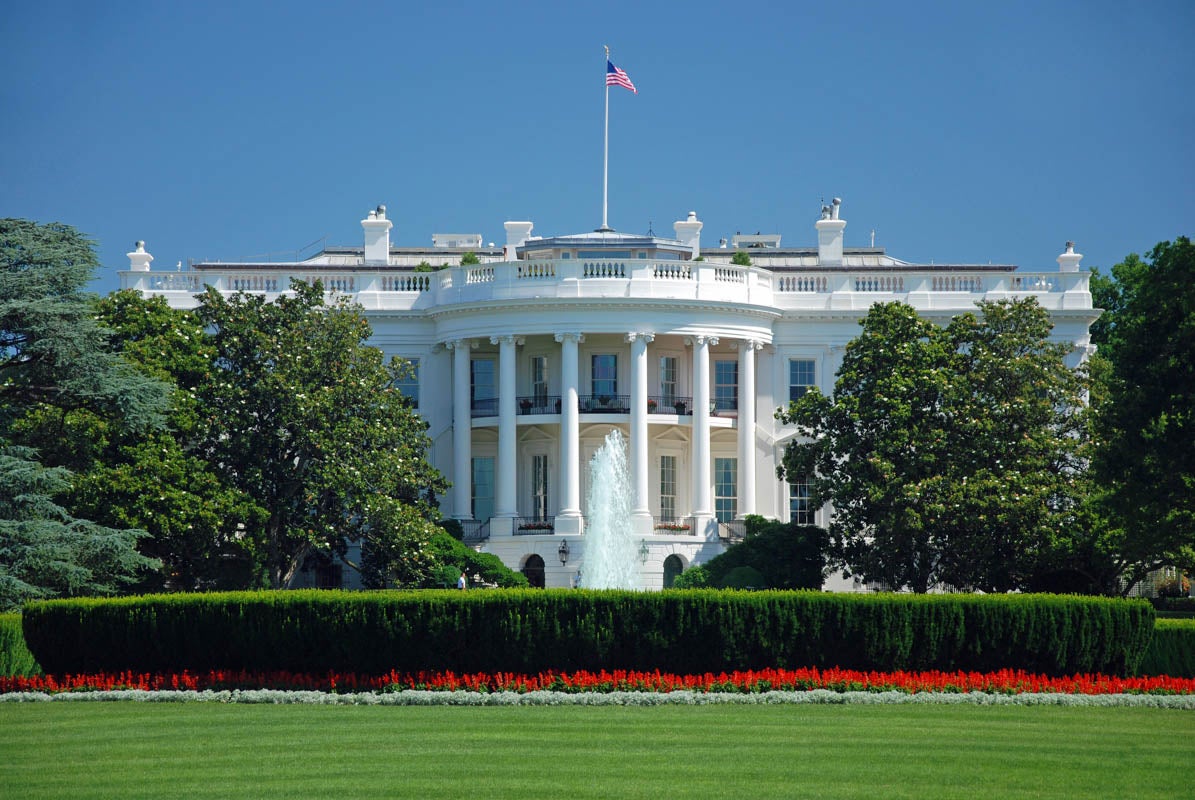C-SPAN recently published its latest expert ranking of presidents from the best, Abraham Lincoln, to the worst, James Buchanan.
Like other historians, I joined in the discussion on social media. My No. 1 would have been George Washington (No. 2 in the survey). I think both Thomas Jefferson (No. 7) and John F. Kennedy (No. 8) were too high. Warren Harding (No. 37) was too low. And how does William Henry Harrison (No. 40), who fell ill and died a month into his term, get rated at all? It’s not fair. He didn’t know what germs are!
It made for a fun afternoon conversation. Unfortunately, many in the public took the rankings seriously and viewed the results as major news. For people who like to talk about how “history will judge” the people shaping current events, here was an example of historians judging our leaders.
It’s a mistake to take presidential rankings as anything other than entertainment.
It’s a mistake to take presidential rankings as anything other than entertainment, however. They’re the presidential history buff’s version of sports debates such as who is the greatest NBA star, Michael Jordan or LeBron James, and whether Tom Brady is the greatest football player of all time. When taken lightly, they’re a way to connect with people who share a passion. But when taken seriously, presidential rankings mislead more than they enlighten.
The systematic ranking of presidents was invented by Harvard historian Arthur M. Schlesinger Sr. in 1948. He asked various experts to place the presidents in categories such as “great,” “near great,” “average,” “below average” and “failure.”
The C-SPAN survey asked experts to assess each president on a scale from 1–10 in areas such as “public persuasion,” “crisis leadership,” “economic management,” “international relations” and “administrative skills.” The methodology seems more precise than Schlesinger’s original survey, but it is just as impressionistic. C-SPAN offered no guidance on what each term was supposed to mean. Participants were, the survey reports, left to “interpret them as they see fit to determine their rankings.”
Beyond the methodological issues, the criteria themselves are suspect because of their inherent presentism. They reflect a modern understanding of what the presidency should be. Take, for example, “economic management.” When Bill Clinton’s 1992 campaign said “It’s the economy, stupid!,” the line stuck because by then people expected a president to manage the economy.
For 19th-century presidents, though, suggesting the president ought to “manage” the economy would have made no sense. Yes, every candidate for office has always wanted prosperity, and like all politicians everywhere, early presidents liked to take credit for good times and blame their opponents for bad times. But the kind of day-to-day intervention implied by “economic management” is a 20th century invention. Early presidents will always fair poorly as a result.
The survey’s categories also lead people to focus on small differences between presidents rather than the major challenges of their times. The criteria called “pursued equal justice for all” is especially problematic. If taken literally, presidents who served before the 13th Amendment (1865) abolished slavery all failed. True, some presidents opposed slavery, such as John Adams and his son John Quincy Adams, but many more were slave owners. More to the point, voters accepted slavery so widely—and viewed abolition so suspiciously—that no one running for president before the Civil War could have won election if they had truly pursued equal justice for the country’s millions of enslaved men and women. Giving John Quincy Adams a few more points than, say, James Monroe in this category masks the larger reality of slavery’s place in the nation. Sometimes, presidents don’t make that much of a difference.
Schlesinger began presidential rankings in the hope that history could teach lessons about what makes a good leader, but his creation turned out to be more about memorialization than history. The rankings are a kind of monument to great leaders on paper or in pixels rather than in stone. Memorialization often relies on history, but it’s not the same thing. History is the study of the past, seeking to understand people on their own terms. Memorialization is a statement made by people in the present, about what they value in the present.
There’s nothing wrong with memorialization per se. Everyone wants to be remembered well, and we need role models to inspire us. Yet, it’s important not to confuse the two because a high score in the rankings doesn’t tell us much about what we really want to know: how a president led given the enormous complexity of his time.
Presidential rankings can be fun. They encourage discussion and can inspire people to learn more. They should not be seen as anything else — certainly not a definitive judgment on any president’s leadership.
David Head is an associate lecturer of history at UCF. He can be reached at David.Head@ucf.edu.
The UCF Forum is a weekly series of opinion columns from faculty, staff and students who serve on a panel for a year. A new column is posted each Wednesday on UCF Today and then broadcast on WUCF-FM (89.9) between 7:50 and 8 a.m. Sunday. Columns are archived in the campus library’s STARS collection and as WUCF podcasts. Opinions expressed are those of the columnists, and are not necessarily shared by the University of Central Florida.




